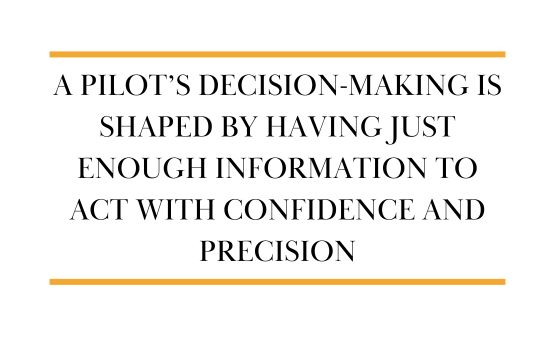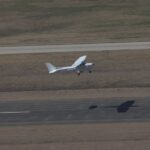Many factors affect our decision making as pilots and those looking for a commercial pilot program. Sometimes, we have difficulty making decisions because we have too little information. On the other hand, surprisingly, we sometimes have difficulty making decisions because we have too much information.
An example of the difficulty in making decisions with too little information may be a rough running engine. There are many possible causes for such a condition: carburetor ice, water in the fuel, an improper mixture setting, a magneto issue, or even an internal engine problem. Is it something you were taught during a commercial pilot program? Can the problem be solved in the air? Is a precautionary landing at a nearby airport prudent? Is the problem such as an immediate off-airport landing is required? Troubleshooting is required to determine the cause and the seriousness of the problem. In this situation, the pilot needs to realize that more information is required to make the best decision.
What about a situation in which there may be too much information to process in a timely manner or something that wasn’t overviewed in a commercial pilot program? Take this situation for example. Approaching an airport expecting to make a visual approach to a landing, it suddenly becomes apparent that the weather is quickly deteriorating and an IFR approach is called for. If you have not prepared appropriately beforehand, the approach charts must be found and avionics set up for the approach, not to mention the new mindset needed to fly it. Because the deteriorating weather involves a fast-moving front, the wind shifts, and a new runway becomes active, requiring a new chart, new avionics settings, a new mindset, etc. Add to that, rusty IFR skills or an equipment malfunction, and it is not all that difficult to see that the pilot can easily be overwhelmed with too much to do.
In this case, the pilot, regardless of the commercial pilot program, needs to realize that some of the workload must be shed to make his job more manageable. Declaring a missed approach and requesting vectors to reenter the approach corridor, or even diverting to a different airport, can provide the time needed to properly prepare for and execute a safe approach. Just as in a commercial pilot program, the key is to recognize that reducing the workload is required and not to press ahead while being overloaded, hoping for the best.










